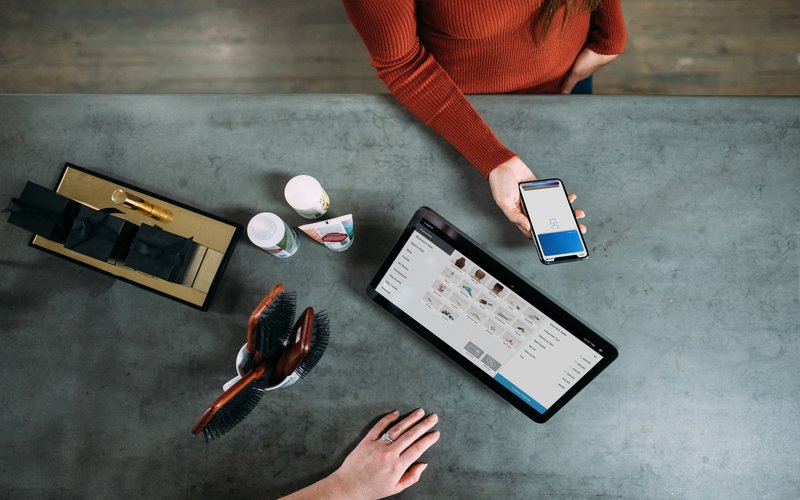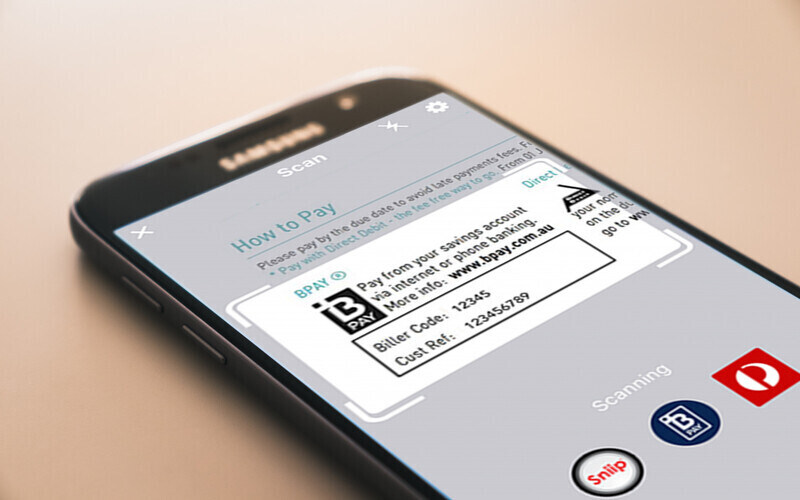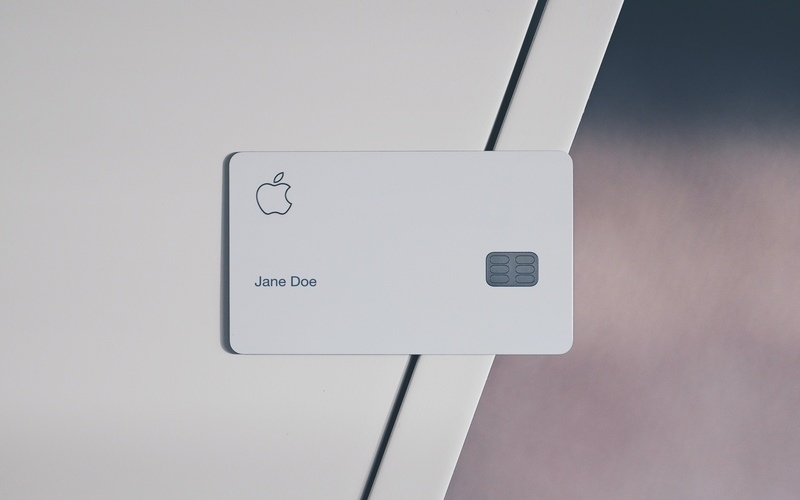The key figures point towards fewer Australians using their plastic cards for everyday purchases.
Key data
Number of purchases
The RBA’s Credit and Charge Card statistics for January 2019 showed the number of credit card purchases fell by nearly 9% from December to January, while the value of all purchases fell by more than 10%.
This data is not seasonally adjusted, meaning the large drop off likely has a lot to with January immediately following Christmas, which traditionally sees a lot of credit card use.
But there were also falls year-on-year in both the number of purchases (down 0.42%) and value of purchases (down 2.02%) from January 2018.
Overall, Australians made more than 242 million credit card purchases in January 2019, the total value of which was just under $26 billion.
Number of accounts
Last month’s data saw a big reduction (around 83,000) in the number of active credit card accounts but there was a smaller decline of 23,000 accounts in January since December.
Still, there has been a near 5% drop in the number of accounts from 12 months prior.
The total number of active accounts now sits at 15.89 million. A year ago this number was more than 16.7 million.
Cash advances
Cash advances actually rose in occurrence month-on-month, with 1.75 million of them in January, which is a 3.54% increase from December.
Over the past twelve months though, the number of cash advances has declined by just under 15%.
The total value of these cash advances fell even more at 19.8% year-on-year.
On a month-to-month basis, cash advances fell in value by 0.92% to $648 million.
Balances accruing interest
In total, Australian credit card balances sit at just under $50.5 billion, which is a 2.7% fall from last month.
$31.7 billion of this is accruing interest, which is 1% monthly increase but a 2.7% yearly decrease.
The value of card repayments fell by more than 5% over the month, from over 31 billion in December to just under 29.5 billion in January.
Why has credit card use declined?
The decline in credit card use has been linked with the emergence of
Afterpay reported in research paper How Millennials Manage Money that just 41% of millennials own a credit card, compared to 67% of older generations.
Additionally, Afterpay found 69% of millennials are using their credit card less as a result of using its services.
Services like Afterpay offer shoppers a different way to spend, allowing them to purchase items using the Afterpay platform and pay it back in regular instalments.
If used responsibly, Afterpay charges no fees – most of its revenue comes from merchant fees – but it has copped criticism and even a Senate Inquiry for its lack of responsible lending practices.
Last year it was reported 1.8 million people used the Afterpay platform. More than half of Afterpay’s users say they use it as a budgeting tool, while its younger users say they find credit cards too risky a product.
As Afterpay and similar services like Zip continue to grow in popularity, it’s likely credit and debit card use will continue to decline.
For feedback or queries, email will.jolly@savings.com.au
Photo by Clem Onojeghuo on Unsplash



 Denise Raward
Denise Raward

 Emma Duffy
Emma Duffy
 William Jolly
William Jolly

